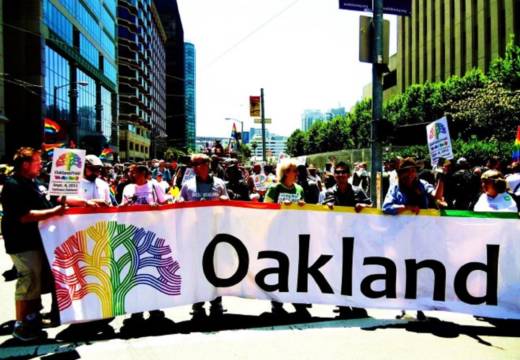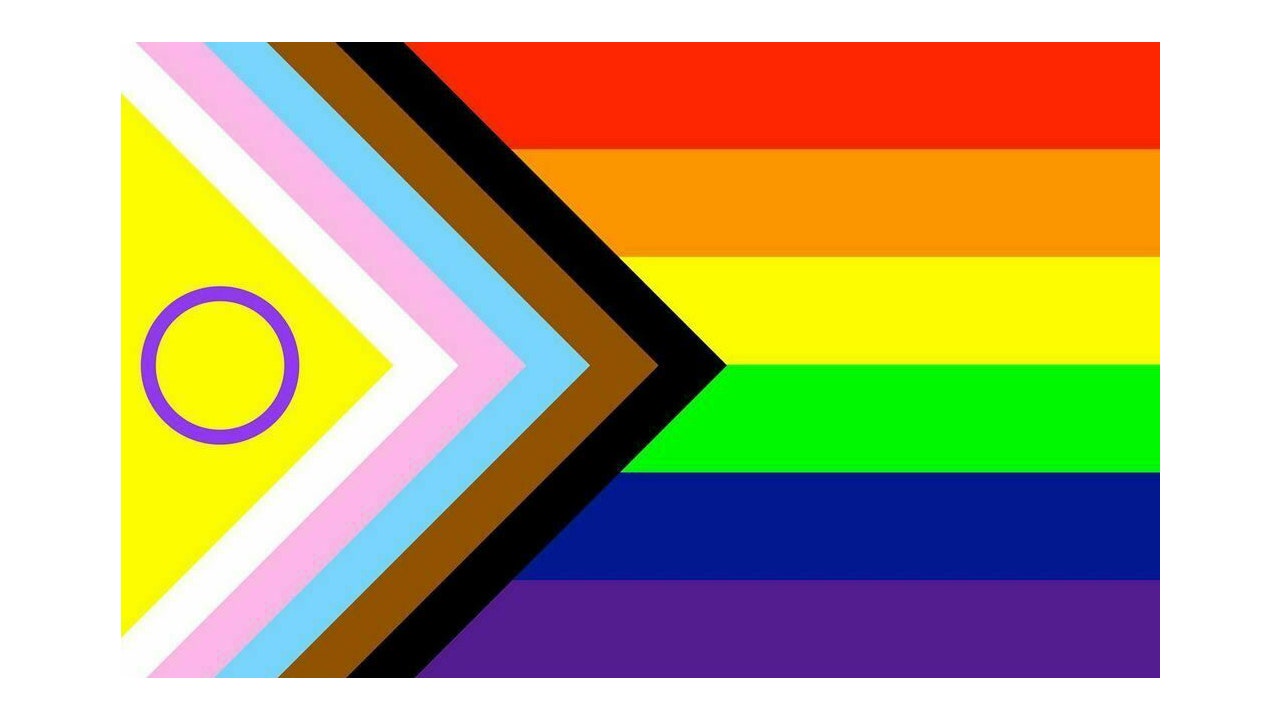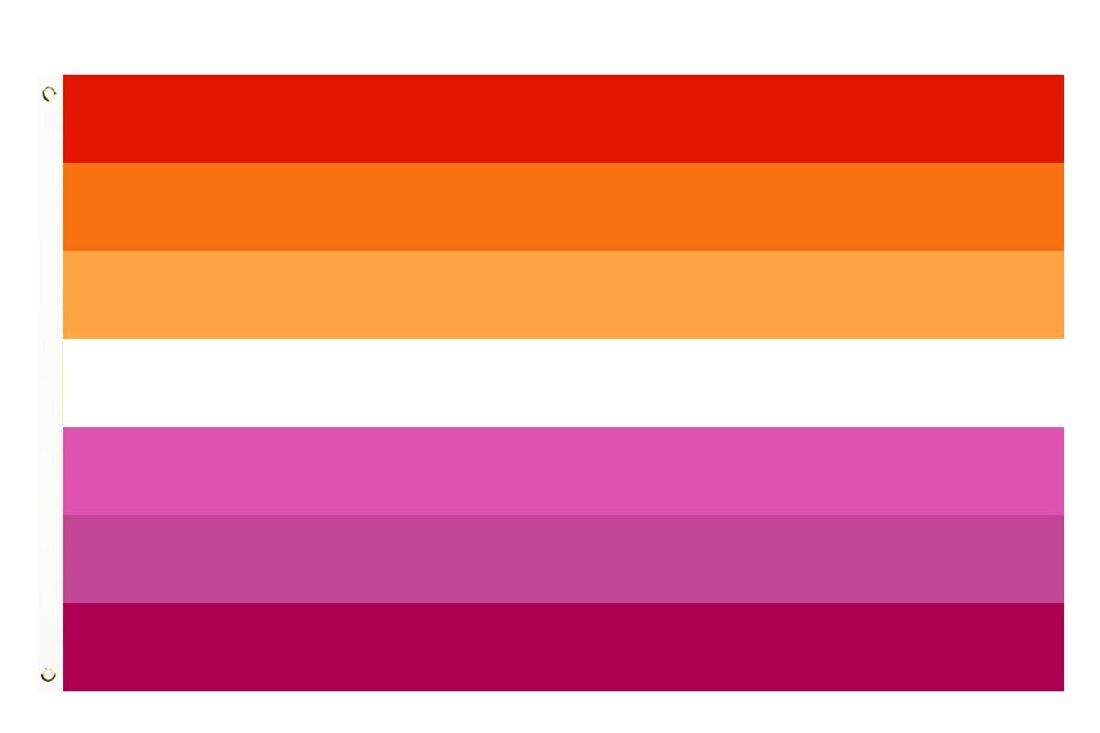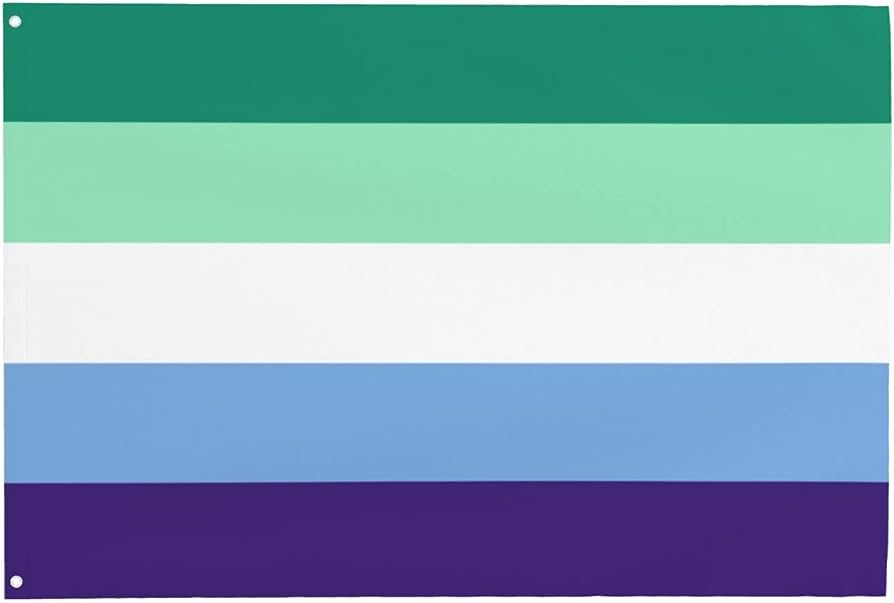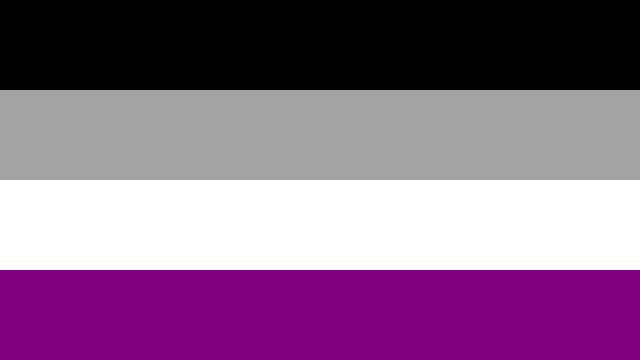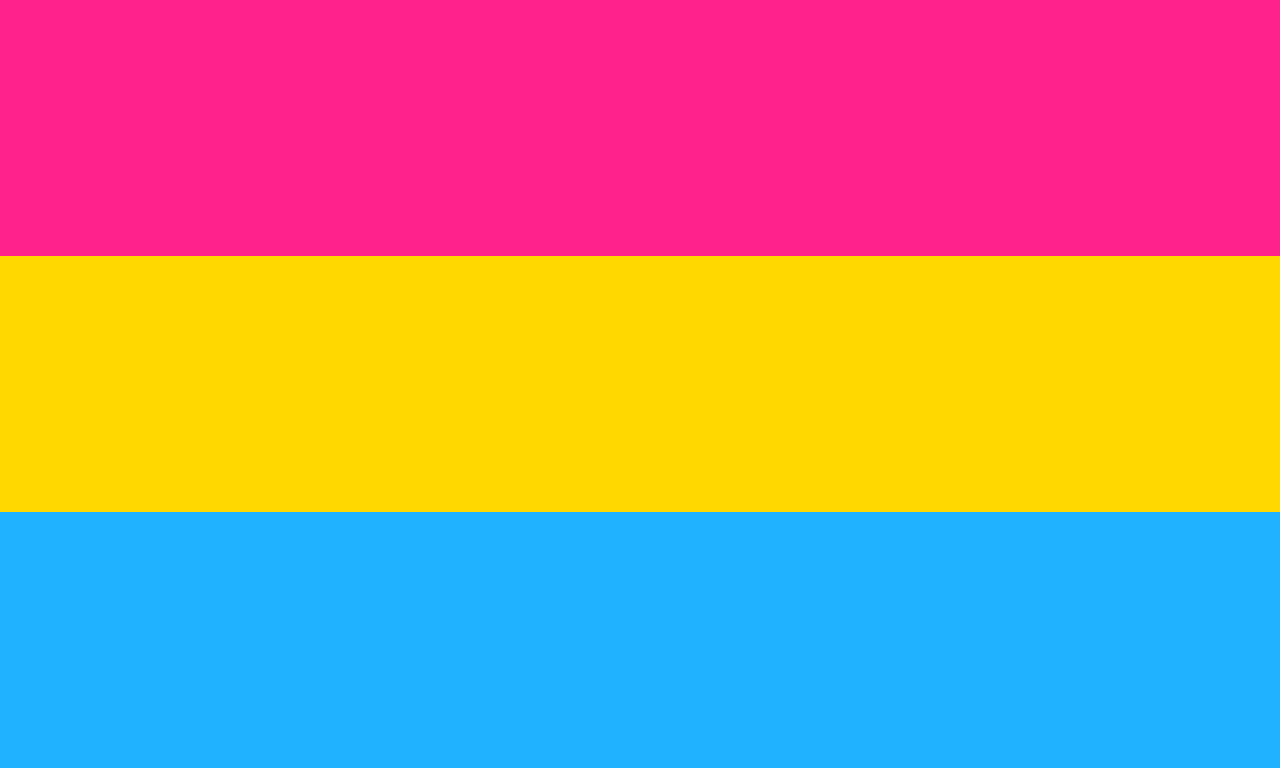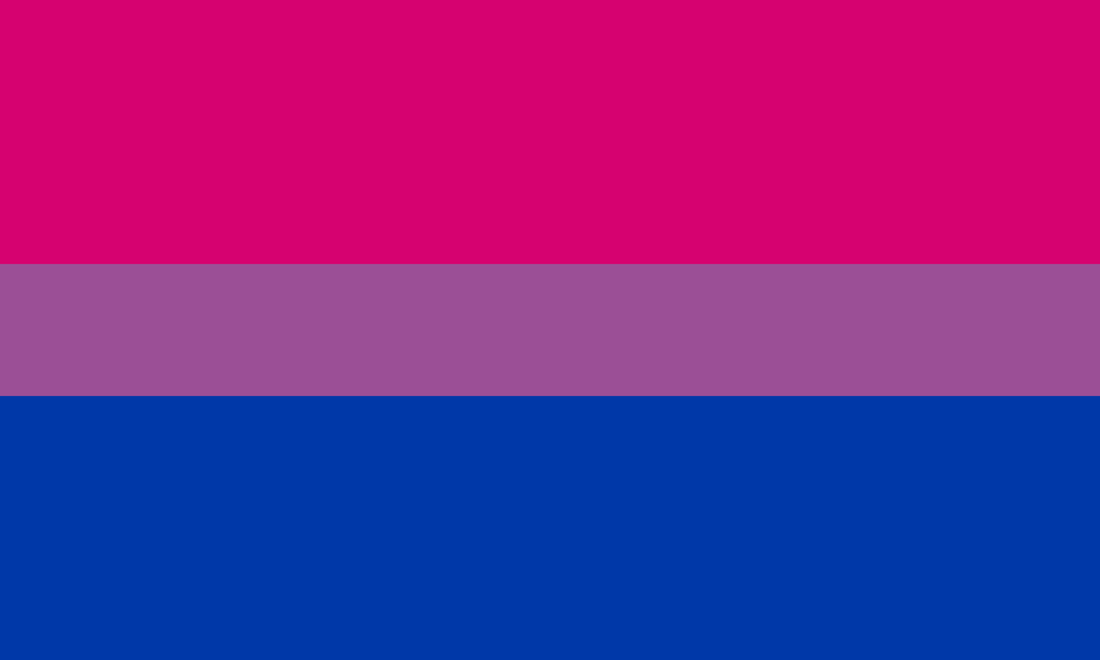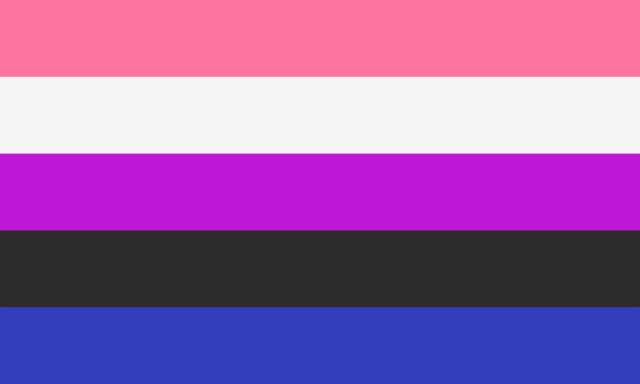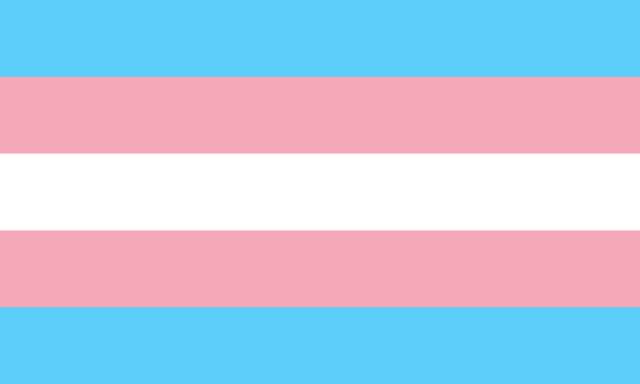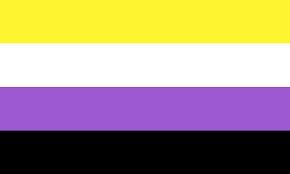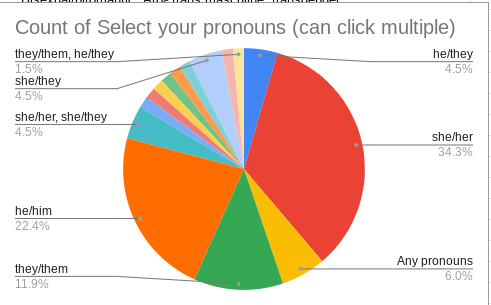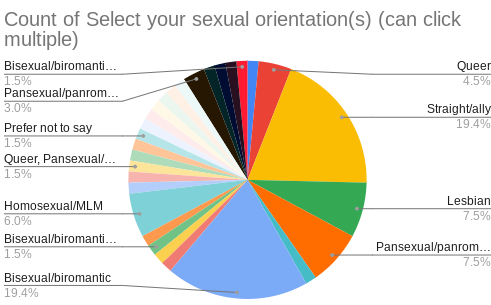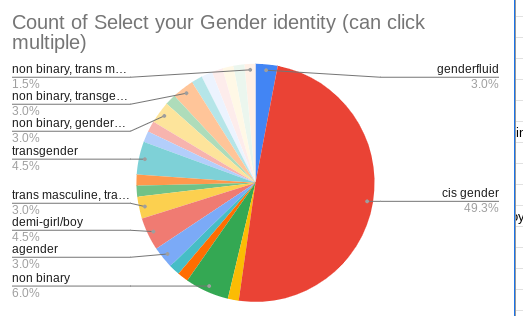"What do those other pride flags mean? How many students identify under those flags at OSA?" -- Simon grembek, 9th grade
Everybody knows about the rainbow pride flag, but do you know the other flags represent different parts of the Queer community, including OSA? Below, you will find an explanation of some of the other queer flags, what they stand for, and the results of a small student poll run by the Telegraph. This article will not cover every flag, just the more mainstream queer flags. You may not find all of your identities represented by these flags.
Progress pride flag: This flag is for people who generally identify as Queer, and takes us through colors that represent life, healing, and new ideas. This flag is for people who identify on the spectrum of Queer/LGBTQ+.
Our poll found that 16.7% of 75 respondents identified as queer.
Progress pride flag: This flag is for people who generally identify as Queer, and takes us through colors that represent life, healing, and new ideas. This flag is for people who identify on the spectrum of Queer/LGBTQ+.
Our poll found that 16.7% of 75 respondents identified as queer.
Sexuality/Romance:
Lesbian: most commonly known as women being attracted to other women, also including NB (non-binary) people.
Our poll found that 13.9% of respondents identified as lesbian.
Lesbian: most commonly known as women being attracted to other women, also including NB (non-binary) people.
Our poll found that 13.9% of respondents identified as lesbian.
Homosexual/MLM: most commonly known as men being attracted to other men. Also including NB people. MLM: Men loving other men.
Our poll found that 9.7% of respondents were gay.
Our poll found that 9.7% of respondents were gay.
Asexual/demi-sexual: Someone who does not experience sexual attraction. Demi sexual is someone who only experiences sexual attraction when there is an emotional connection built.
Our poll found that 8.3% of respondents were asexual.
Our poll found that 8.3% of respondents were asexual.
Pansexual: sexually or romantically attracted to people regardless of their sex or gender.
Our poll found that 18.1% of respondents were pansexual.
Our poll found that 18.1% of respondents were pansexual.
Bisexual: sexually or romantically attracted to both men and women OR to more than one sex or gender.
Our poll found that 25% of respondents were bisexual.
Our poll found that 25% of respondents were bisexual.
Gender/Pronouns Identity:
She/her: 41.7%
He/him: 23.6%
She/they: 11.1%
He/they: 6.9%
They/them: 19.4%
Any pronouns: 8.3%
Genderfluid: Someone whose gender changes at different times, who is not strictly aligned to one particular gender.
Our poll found that 3% of respondents were genderfluid.
She/her: 41.7%
He/him: 23.6%
She/they: 11.1%
He/they: 6.9%
They/them: 19.4%
Any pronouns: 8.3%
Genderfluid: Someone whose gender changes at different times, who is not strictly aligned to one particular gender.
Our poll found that 3% of respondents were genderfluid.
Transgender: an umbrella term for everyone whose gender identity does not align with their sex assigned at birth.
Our poll found that 4.5% of respondents were transgender.
Our poll found that 4.5% of respondents were transgender.
Non-binary: someone who doesn’t fall under the “gender norm”. They commonly use They/them pronouns,but can still use any pronouns they want.
Statistics
